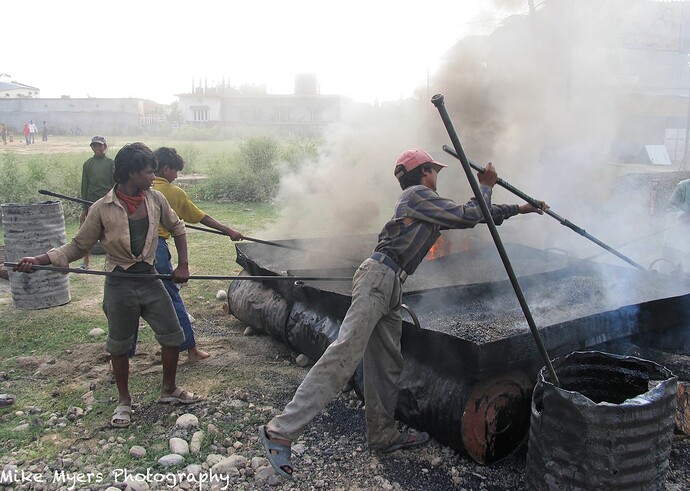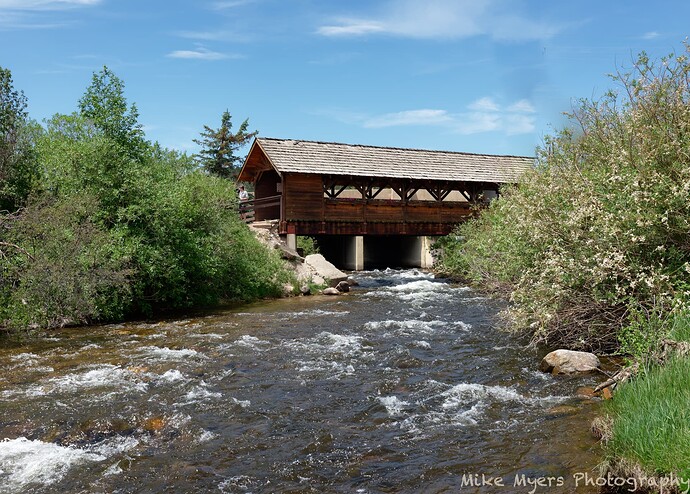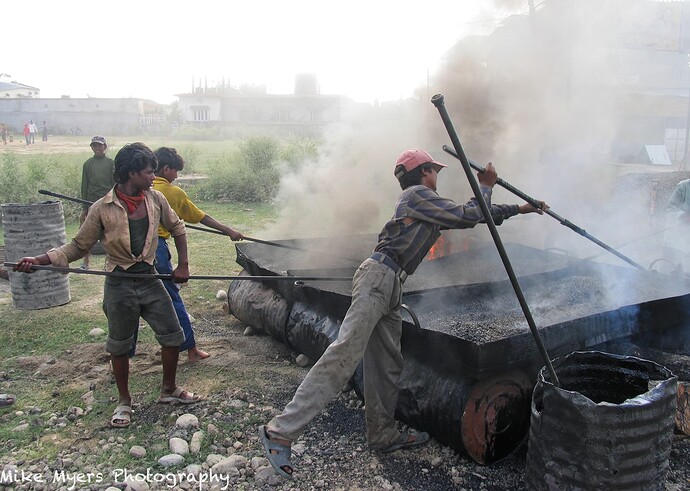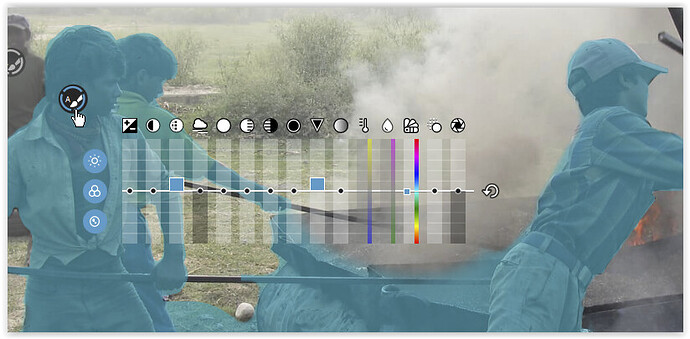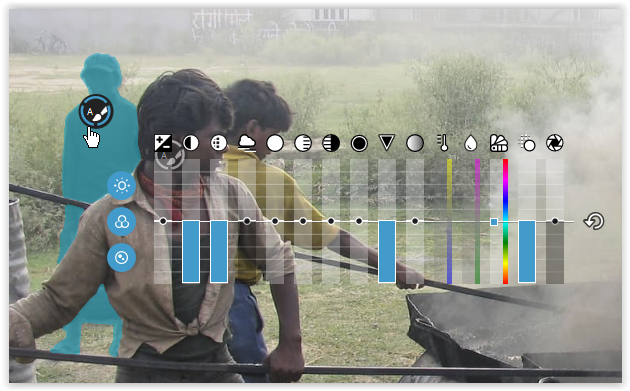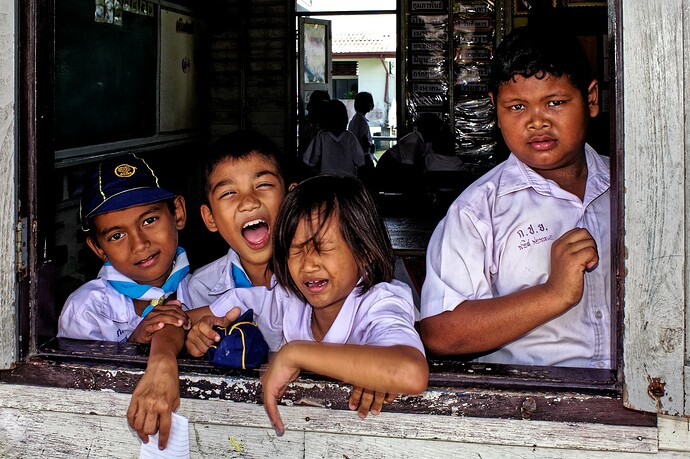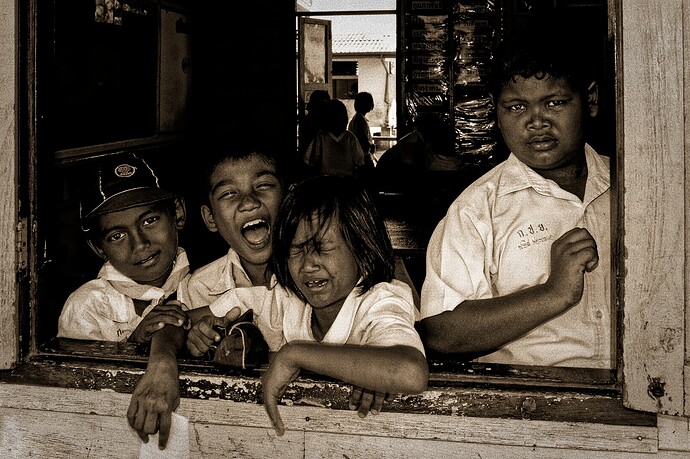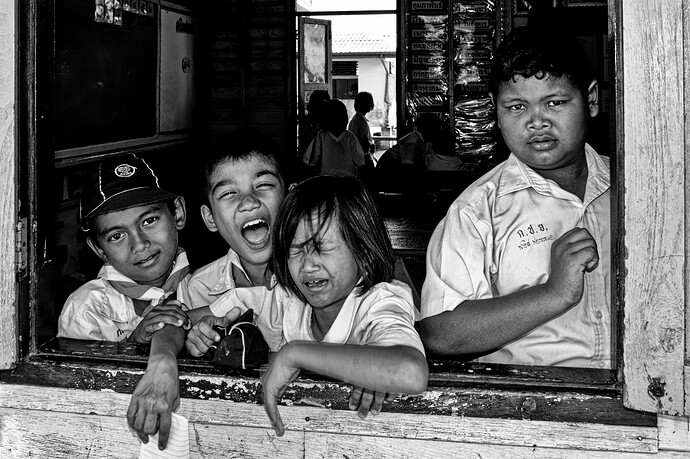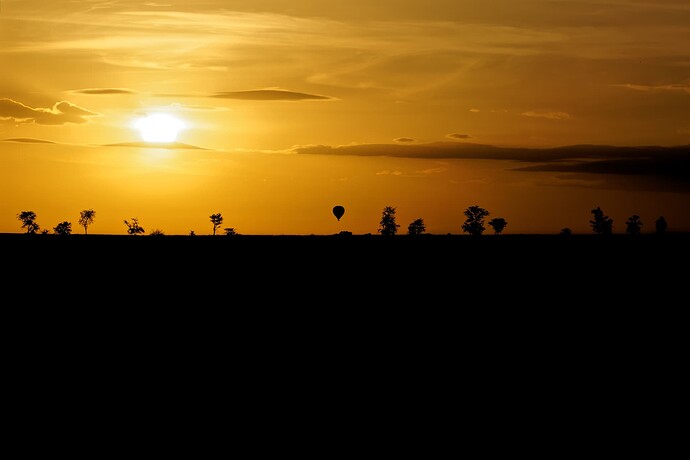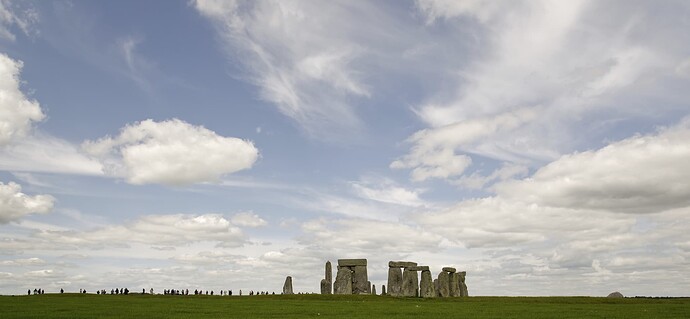I disagree - it’s like a “magic trick”, and nothing is what it appears to be. It proves my concerns about “altering reality”, although in this case, the person who designed the above image was deliberately out to trick viewers.
When I view the original image, I am shown something that appears to be a small “chess board”, with a cylinder mounted at one end, and illumination coming from the right rear. That’s what I’m “supposed” to see. Based on my life to date, the “A” square is dark, and the “B” square is light. So far, so good.
Then the cylinder is put in place, and the shadow from the cylinder darkens everything “in its shadow”, including the white square “B”. The shadow in the image makes square “B” just as dark as the natural light shining on square “A”.
If these were real parts, assembled in order to take the photo, square B is lighter than square A. I don’t know about others, but my brain tries to show me what is really there, which appears to be the chess board and cylinder, and a shadow.
Yes, you are correct - because of the shadow, both A and B have the same. brightness on the screen, but because I’m always trying to see what is really there, I know that white squares are brighter, and dark squares are darker. The unknown factor is the shadow.
I suspect this was created on a computer. If you wanted to build it for real, maybe out of wood, square B would be the normal white color, just like the other white squares. And my answer to your question would be that square B was lighter.
Tricks like this can fool people into seeing, or not seeing, what is really there. If I were taking the photo, I would want to show what was really there.
I expect you will reply to this by asking “what about the shadow”? That’s a different discussion. As for me, I am more concerned with what is really “there”, regardless of the lighting. …which doesn’t really apply here anyway, as this is probably something drawn on a computer, and given whatever shades of gray the artist wanted to apply.
I don’t feel “trapped”; most of the time I want to show what was really in front of my camera.
Yes, it for ME to decide, and most of the time I try to show what I saw and felt. I would like others to see what I saw, the way I saw it. I accept that different people feel differently about this, but so what?
I do copy other people, to learn how they do things that I haven’t yet learned. Whatever my “style” is though, I think has remained the same since I learned photography.
I think it’s a very important topic - to be “real” or to be “art”. Maybe both.
I suppose so, but why does it matter if the pictures “get attention”?
“…and YOU can do something about it.”
That’s what I have been doing, but that is not why I come to this forum. From the beginning, this forum was a great way to learn DxO PhotoLab, and to me, the best way to do that was to post images, and learn how to use the PhotoLab tools better. At the same time, I’ve been learning how to get the most out of my cameras, which I used to think was extremely important. Now I’m mostly back to thinking what I used to think - the camera does not matter. It’s only the photographer.
@Joanna’s photos are not so spectacular because she used a Nikon D850 - they are so spectacular because of Joanna.
We’ve all got “limitations”, and I know for a fact I have lots of them. I figure we all do, even @Joanna.
For a month or so now, I’ve been very busy at other things I do, and haven’t done much with any of my cameras. I also see you doing things to my photos that I haven’t yet learned how to do, such as “masking”. I also realize that you “see” things in my photos that I’m “oblivious” to. I don’t know if there is any cure for that.
